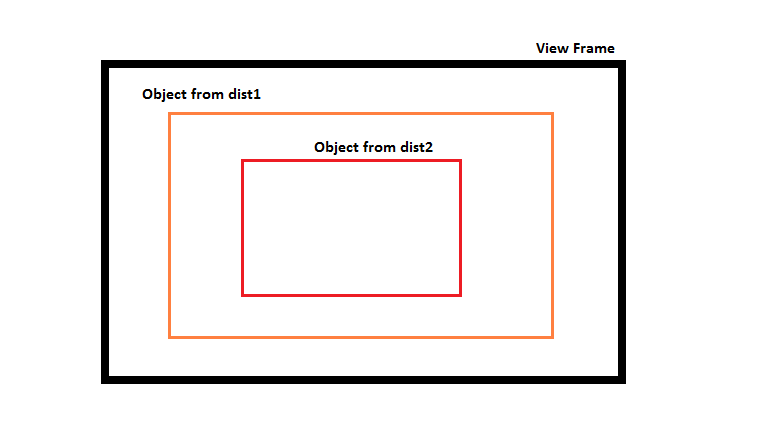Firstly I'm unsure whether this question belongs here or on another SE site (but I'll wing it for now).
I've recently been given the job of connecting up a 'smart camera' to a setup where a robotic arm will pick and place objects from point A to point B. The real application for the camera is to check if the objects are out of alignment to their supposed positions.
However I am curious to see if there is any way I can calculate the distance of an object given that I already know the objects actual size. Naturally the camera will see the object as bigger when closer and smaller when farther away but how can I turn this information into depth/distance from the camera?
I have not yet started using the camera. For now it is just an idea. I will assume that I can calculate what percentage of the view frame is taken up by the object.
For example if I have an object of uniform shape, I know that from dist1 it takes up 75% of the view frame and from dist2 it takes up 45% of the view frame.

Should this prove to be possible I imagine that it could have a number of different applications. /Anyway any feedback is appreciated. Thanks! ( :